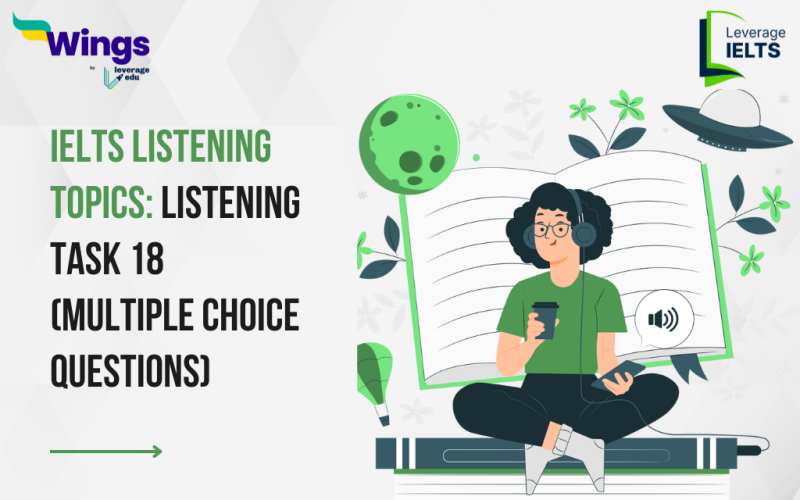Listen to the audio below and answer the following Multiple Choice Questions to boost your listening skills 👇.
Before answering these questions, look at the instructions and techniques below 👇
Detailed Instructions for IELTS Listening Multiple Choice Questions
Multiple Choice Questions frequently appear in IELTS Listening Test Parts 2, 3, and 4. Only one of the three (occasionally four) response options provided for these questions is the right one. In the IELTS listening exam, there are three different kinds of multiple-choice questions.
1. With only one viable response.
2. With numerous options, each worth one point.
3. With different options and one point for each. You might be given the beginning of a sentence for these questions, and you’ll need to finish it using one of four or more options. Or you can be asked to choose two, three, or four items from a list of options to answer a question.
Techniques to Remember
- Carefully read the instructions and determine how many letters you need to circle.
- Before the recording begins, rapidly skim the questions and the possible answers.
- The terms that provide you with the best information, such as the “wh-” words and nouns, should be highlighted.
- Pay close attention to the introduction spoken.
- As you listen, respond to the questions. Indent the letters. Even if it can be phrased in a different way, the data will be provided in the same sequence as the questions.
- If you are unsure about the answer, don’t forget to add notes next to the question so you may review them later.
- Don’t fail to respond to any questions.
- Actively listen while excluding the improbable responses.
Choose the correct letter, A, B or C (Questions 31-33)
31. What impact does Marc Prensky believe that digital technology has had on young people?
A It has altered their thinking patterns.
B It has harmed their physical development.
C It has limited their brain capacity.
32. Digital immigrants tend to access computers
A using their native language.
B less efficiently than young people.
C for less important information.
33. What example is given of having a digital
accent?
A having less effective typing skills
B doing things the old-fashioned way
C being unable to understand instructions
Check out the correct answer given below👇 in the PDF.
Are you preparing for IELTS? Check out this video to improve your listening skills for the IELTS exam given below👇.
Download the Leverage IELTS App today.


Need help preparing for IELTS? Check out the best IELTS preparation courses in the market offered by trusted educators in a live training environment. If you want help studying abroad, call 1800-572-130.
 One app for all your study abroad needs
One app for all your study abroad needs















 60,000+ students trusted us with their dreams. Take the first step today!
60,000+ students trusted us with their dreams. Take the first step today!